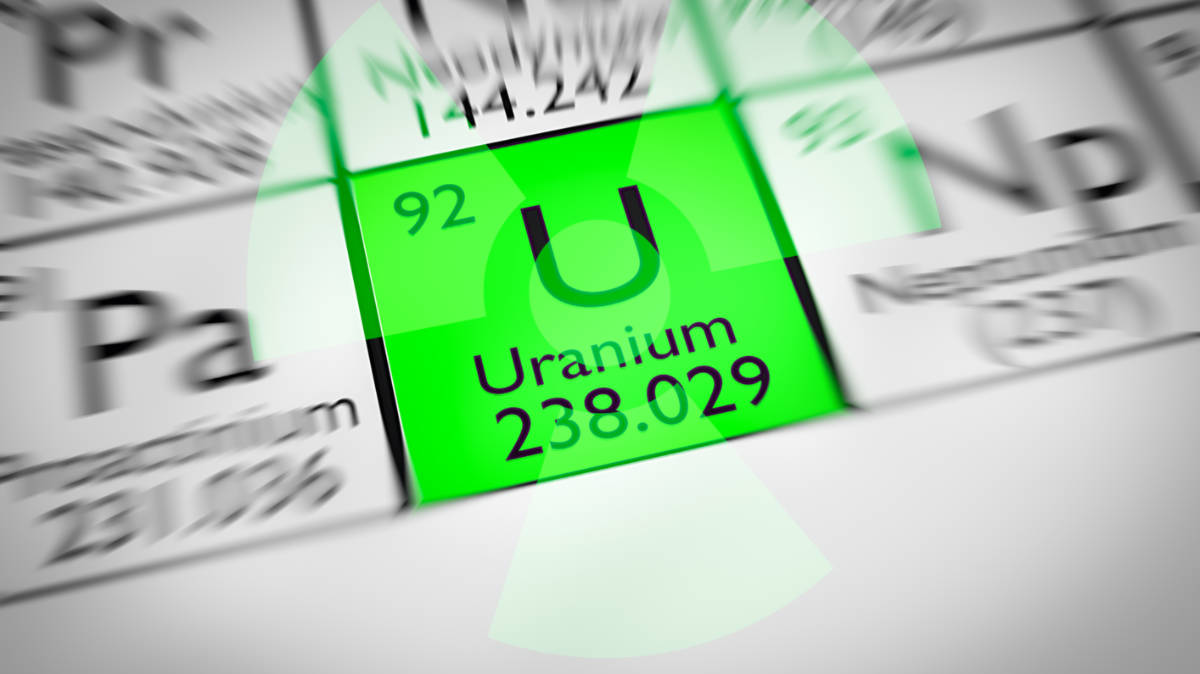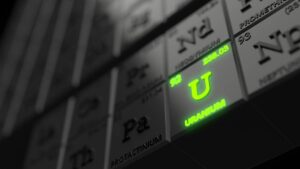New South Wales could repeal ban on uranium mining

Boss Resources is moving toward becoming Australia's newest uranium miner: Getty Images
The good ol’ uranium debate has reignited with the New South Wales Parliament preparing to debate a Bill sponsored by One Nation to cast aside the state’s moratorium on uranium, a move that has predictably riled up Greenpeace Australia.
“Across our western border, South Australia has been able to reap the benefits of this billon-dollar national industry,” minor party One Nation said in a press statement.
“Why not similar jobs and investment in New South Wales, especially in regional and remote areas of the state hard-hit by drought and economic struggle?”
Already, at least one news report has indicated that the Nationals will back the bill while others have suggested that the proposal has the support of the state’s Liberal-National government.
That has not stopped Greenpeace from decrying the Bill, saying that the world has been turning away from nuclear energy since the catastrophe at Fukushima and that Australia can generate all the electricity it needs from wind and solar.
Uranium prices are increasing
Claims that the world is turning away from nuclear has not stopped spot prices for uranium from recovering to $US33/lb from $US23.95/lb in mid-March, on a growing supply deficit of yellow cake, as uranium concentrate is called.
Uranium demand was estimated to be about 180 million pounds (mlb) last year while production was about 135mlb. GoviEx Uranium chief executive officer Daniel Major estimated earlier this year that demand could reach between 220mlb and 260mlb by 2025.
There’s every reason to believe that prices could increase further, as the next set of long-term contracts would need to be priced high enough to sustain production and support the development of new mines.
Australian uranium exports to fall on Ranger mine closure
Australia’s exports of uranium oxide are set to decline to 6,500 tonnes in the 2021 financial year following the closure of Rio Tinto’s (ASX:RIO) Ranger mine in the Northern Territory in early 2021.
Australia will be left with two operating uranium mines, both in South Australia, BHP’s (ASX:BHP) Olympic Dam and Quasar Resources’ Four Mile operation.
In the 2020 financial year, Australia’s uranium exports totalled 7,270 tonnes, according to the Department of Industry, Science, Energy and Resources in its June quarter report.
WA keeps its new projects ban for uranium
Western Australia has a moratorium on new uranium mine proposals and the current Labor state government said it would not approve any new mines for uranium in WA.
Four existing uranium mining projects in WA received their approval from the former Liberal-National coalition government that left office in March 2017.
They are Canadian company Cameco’s Kintyre and Yeelirrie projects, Toro Energy’s (ASX:TOE) Wiluna project and Vimy Resources’ (ASX:VMY) Mulga Rock project, according to the WA mines department.
South Australian company sets sights on becoming the country’s newest uranium miner
South Australia-focused Boss Resources (ASX:BOE) is moving ahead with its plans to become Australia’s newest uranium miner.
The company says it has achieved a significant reduction in the $US63.2m ($88.4m) capital cost to restart production at its Honeymoon uranium project.
The saving amounts to $US6.3m or 10 per cent of the project’s capital expenditure cost, and positions Honeymoon as one of the lowest cost uranium producers globally, it added.
The cost savings for the Honeymoon project are derived from using an ion exchange process that has lower energy costs.
Testing of the project’s ion exchange system was undertaken with the Australian Nuclear Science and Technology Organisation (ANSTO).
General Engineering Services, the company’s adviser, estimates the original $US27.40/lb all-in sustaining cost of the project can be trimmed by $US1.22/lb.
Honeymoon, located 80km northwest of Broken Hill in NSW, is expected to produce 880,000 pounds of uranium in its first stage.
Production rises to 2mlb under its new ion exchange circuit technology at its second stage, and the plant will take 20 months to design, build and commission.
The mine has approval to export more than 3mlb of uranium under the federal government’s Environment Protection Impact of Proposals Act.
Boss Resources received a $275,000 grant from the South Australian government to support exploration at its Honeymoon project.
The company acquired the Honeymoon project in 2015 from Uranium One.
Related Topics

UNLOCK INSIGHTS
Discover the untold stories of emerging ASX stocks.
Daily news and expert analysis, it's free to subscribe.
By proceeding, you confirm you understand that we handle personal information in accordance with our Privacy Policy.








